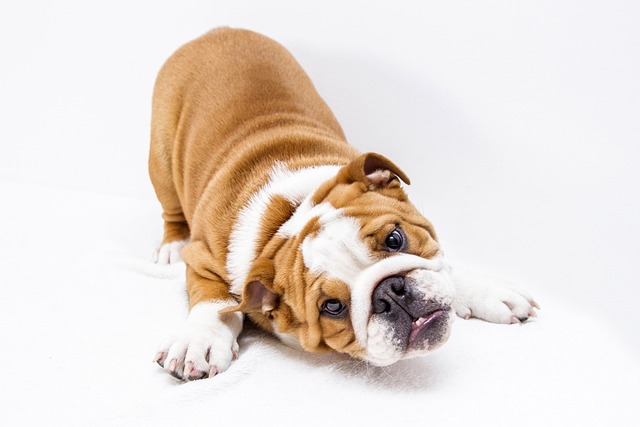
How do i train my dog to be obedient?
Watching your dog dart across the park ignoring your calls isn’t just frustrating—it can put them at risk near busy streets or public spaces.
If you’ve ever stepped outside on a summer afternoon, felt the sidewalk burn through your sandals, and thought, “My dog’s paws must be screaming,” you’re not overreacting. Last July, my friend Jamie learned this the hard way with her 1-year-old Pit Bull mix, Luna. A 20-minute walk in 92°F weather left Luna limping, her paw pads red and irritated—she’d burned them on the hot pavement. For new owners, walking when the pavement is hot isn’t just uncomfortable for your pup; it’s dangerous. But with a little planning, you can keep their paws safe and make summer walks enjoyable, not painful.
Pavement heats up fast—faster than air temperature. On an 85°F day, asphalt can reach 105°F in direct sun; at 95°F, it hits 140°F, hot enough to blister a dog’s paw pads in 60 seconds. Dogs don’t wear shoes, and their paw pads, while tough, aren’t designed for extreme heat. Brachycephalic breeds like Pugs or Bulldogs are at double risk: their short snouts make cooling down harder, and overheating can set in quickly, even on shorter walks. Dr. Reed, a vet in Phoenix who sees this daily, explains: “Paw burns are painful, but heatstroke is life-threatening. Watch for heavy panting, drooling, or your dog suddenly sitting and refusing to move—these are cries for help, not stubbornness.” Jamie noticed Luna slowing down, lifting her paws one by one, but didn’t realize until later she was in pain.
So how do you walk safely? Start with the “7-second test”: place the back of your hand on the pavement. If you can’t hold it there for 7 seconds, it’s too hot to walk. Shift walks to early morning (before 8 a.m.) or evening (after 7 p.m.) when temperatures drop—my neighbor’s Golden Retriever, Max, now gets his exercise at dawn, when the pavement is cool and the air is calm. For unavoidable midday outings, use protective booties (look for breathable, non-slip styles). Luna hated hers at first, so Jamie put a tiny treat inside each bootie, let her sniff them, and praised her when she stepped in. That positive reinforcement turned “weird shoes” into a game—now she trots over when Jamie pulls them out.

Packing the right gear makes a difference. Bring a collapsible bowl and cold water (add ice cubes) for frequent sips—hydration helps them cool down from the inside. A cooling bandana (soaked in cold water) around their neck works wonders too; my cousin’s Beagle, Charlie, stays cooler on walks with his, even in Miami’s humidity. For apartment dwellers, keep a “hot weather kit” by the door: booties, bandana, bowl, and extra poop bags (cleanup is still your job, even in heat). In cities like Las Vegas or Dallas, many dog parks have shaded areas and water stations—use them, but always supervise your pup to avoid overheating.
Staying compliant keeps everyone safe. Ensure your dog’s rabies tag is on their collar (required by law in all states) and carry proof of vaccines, especially if stopped by animal control. Never leave your dog unattended during walks—heat-related emergencies happen fast. And remember: even with precautions, keep walks short (10-15 minutes) on the hottest days. Luna now enjoys her dawn walks, her healed paws padding happily on cool pavement, a reminder that a little planning turns summer heat from a hazard into a chance for quiet bonding.

Watching your dog dart across the park ignoring your calls isn’t just frustrating—it can put them at risk near busy streets or public spaces.

New puppy owners often find themselves rushing to clean up accidents before they set in, and that’s where puppy pad training becomes a game-changer.

If you've noticed your dog's waistline disappearing and your veterinarian has mentioned those few extra pounds, your first instinct might be to simply reduce the amount of food in their bowl.

Training a dog to use a designated spot indoors isn’t as daunting as many new owners fear, but it does take consistency and an understanding of your pet’s needs.

That moment of dread on a walk is all too familiar for many new dog owners. You see another dog approaching down the sidewalk of your neighborhood

If the sight of another dog on your neighborhood walk makes your heart sink as your own dog erupts into a frenzy of barking and lunging, you're not alone.